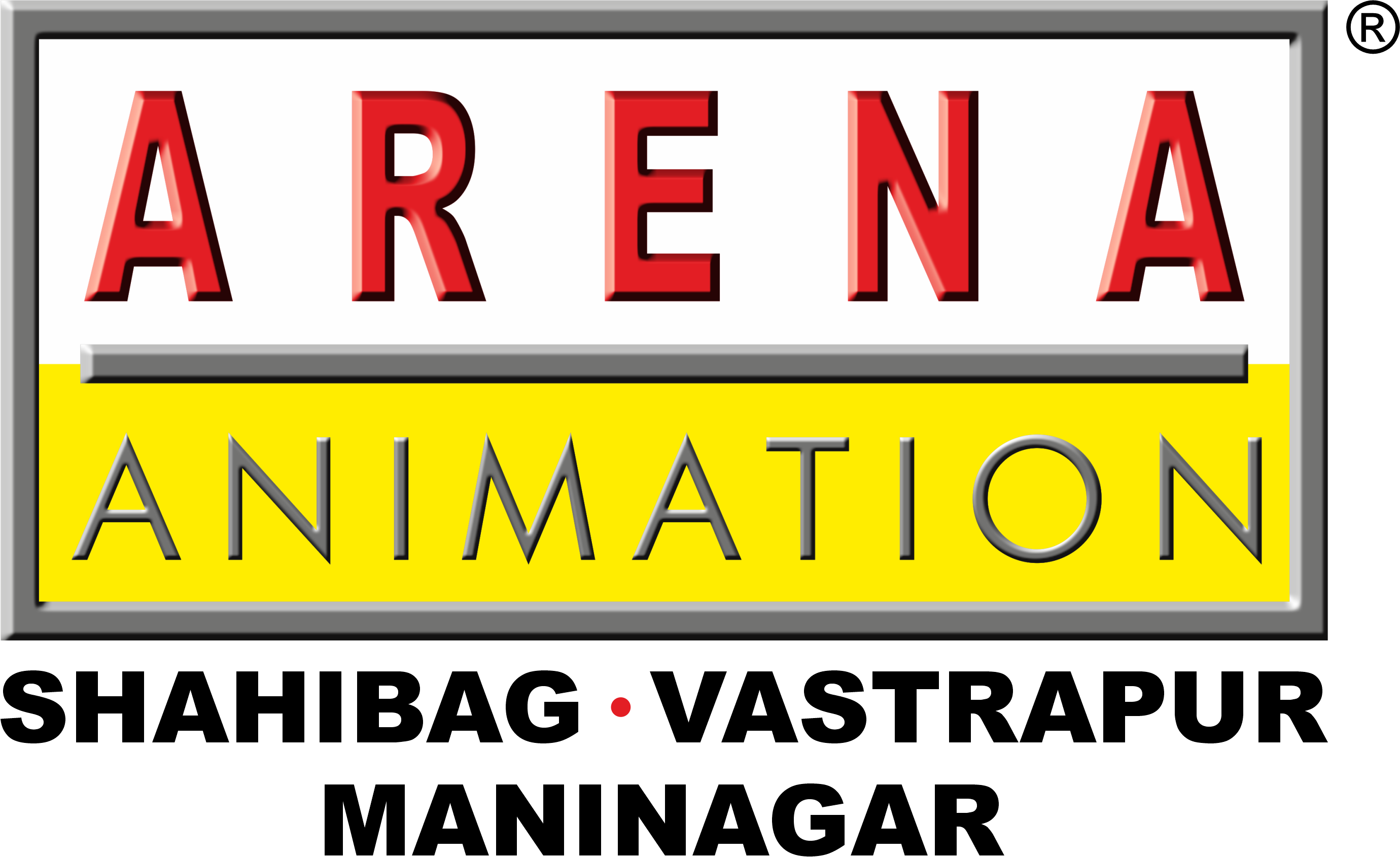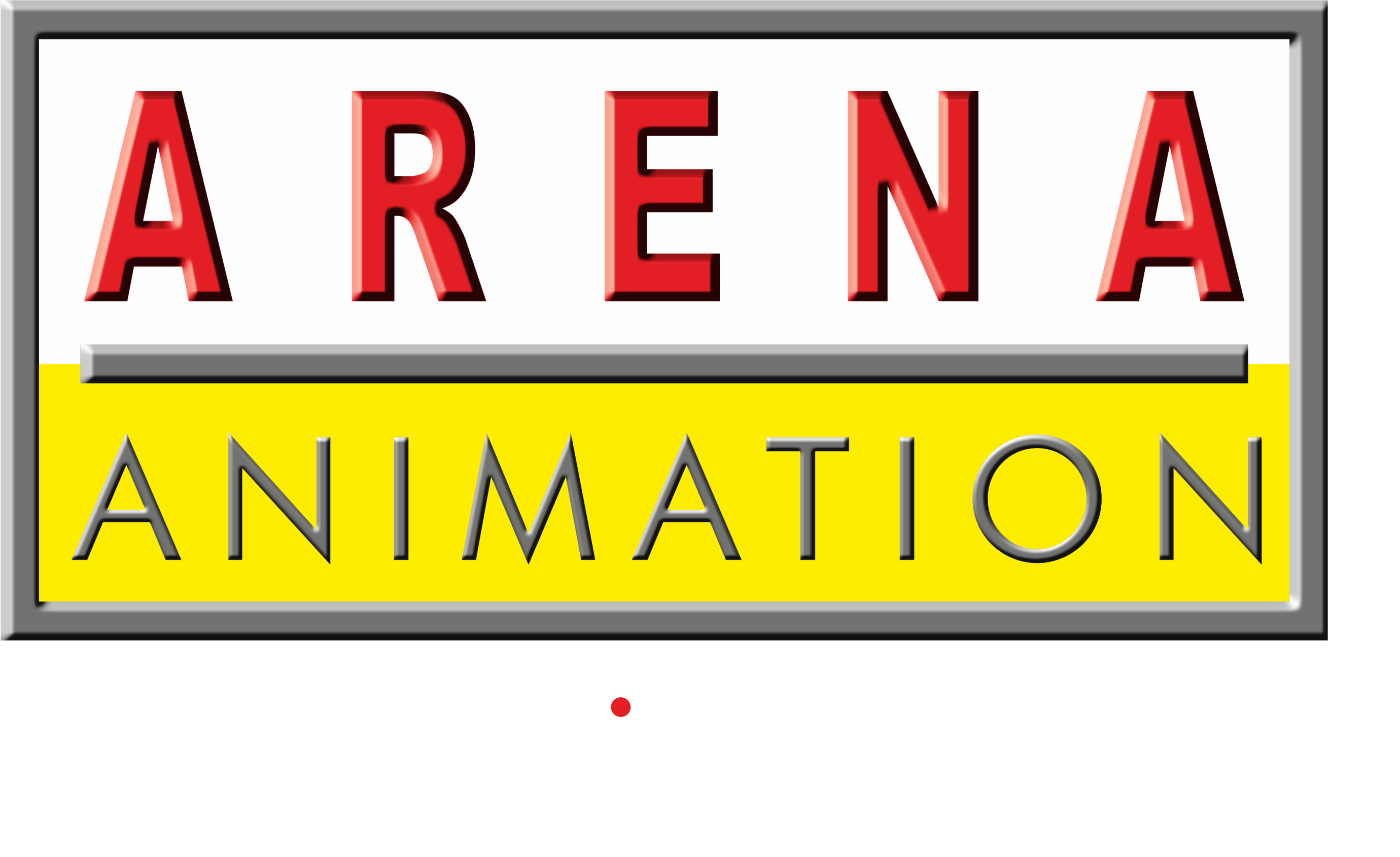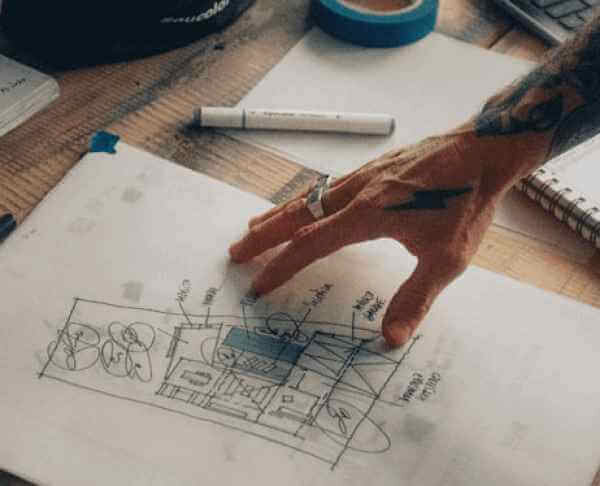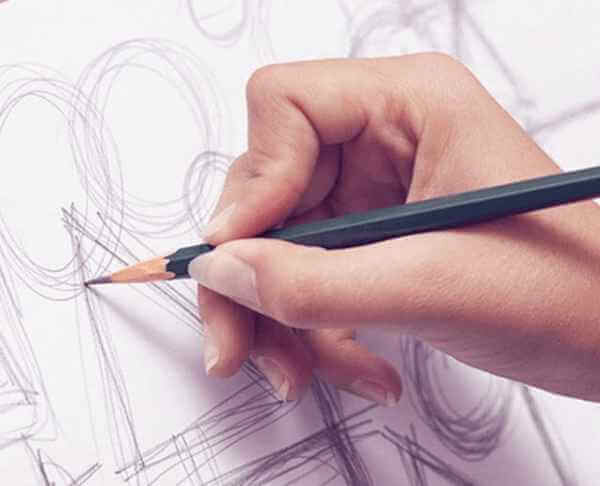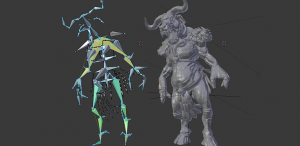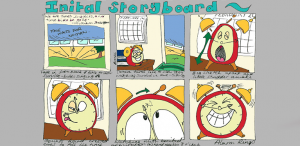Can Animation Be Considered as an Art Form?
The things that usually come to our mind when we hear the word “Art” are paintings, sculptures or even music. But is that it? Has the scope of art expanded beyond that?
Art is a human activity that involves creative or imaginative talent to express beauty, emotions or ideas. The debate as to whether computer-aided images can be considered art is not new.
It is now increasingly being accepted that an animation created on Autodesk Maya or any other software is as much an art as a painting made with a real brush and colours, as it involves a similar amount of skills, precision, perfection, aesthetics and designing capacity.
The audience of animation movies and cartoons would agree. After all, the exquisite pictures and characters that we see in animation movies must have been created by some artist.
Conventional Art forms can be broadly classified as
• Visual Arts (Architecture, Painting, Sculpture)
• Literary Arts (Fiction, Drama, Poetry, Prose)
• Performing Arts (Dance, Music, Theatre)
• Culinary Arts (Cooking, wine-making)
• Media Arts (Filmmaking, Photography)
However, since the advent of computers in the latter half of the 20th Century, a new category of Art has emerged called New Media Arts. These include visual artworks that are designed and produced using new media technologies. Computer Graphics, Computer Animation, Digital Art, Internet Art, 3D Printing and countless others are all included in this modern art form.
The following characteristics of Animation give a strong argument for it being an art form:
Involves Creativity and Imagination
Animation is essentially a creative activity. It involves imagining new characters, objects environments, stories etc. and giving them different colours, shades, textures, expressions and a hundred such elements.
Personal Skills
To become an Animator some certain personal abilities and skills are required. An actor is not necessarily a good singer or a musician. What art a person is good at depends on their traits and interests.
Practical Knowledge
All art forms revolve around the application of skills in practical life situations. For example, to be a singer, it is not enough to memorize all ragas, one has to apply the knowledge of ragas to sing different songs. Similarly, more than theoretical jargon, the animation is much more about the practical application of skills and techniques.
Animators must learn to apply various animation software and techniques that are taught in different animation courses from reputed institutes.
Requires perfection through practice
Perfection is something an artist can never truly achieve, but it’s something he or she constantly needs to strive for, through practice. To use a music analogy, a singer needs to do what is called riyaz, which is a regular exercise. Animation too requires constant practice by creating new projects, sharpening existing skills etc.
All this is to say that Animation is now universally considered as a piece of art and consequently animators deserve the same respect as artists. To get your worth as a professional animator, you should always look for an institute with a dedicated placement cell that can land you in one of the big companies in the animation industry and also keep you updated with recent industry trends.
